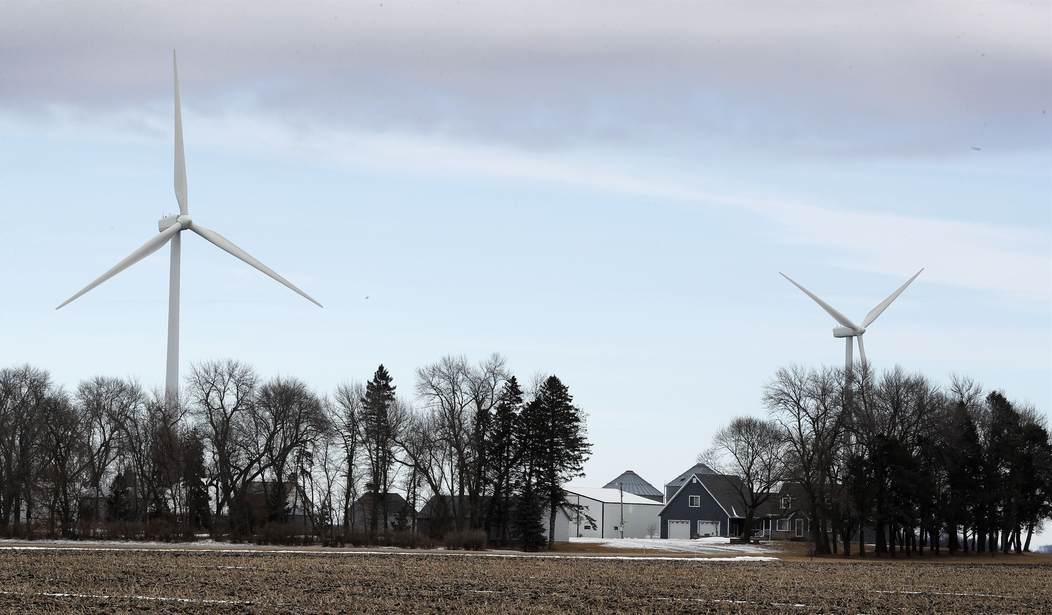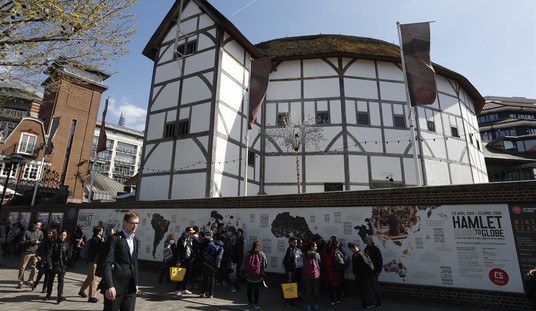Having decided to sell our city dwelling and purchase a new home in the country, my wife and I compiled a list of instructions for our real estate agent, almost as if we were house seekers on HGTV. Ample space was an obvious prerequisite. Reasonable proximity to an urban center for cultural, medical, and other needs and amenities was desirable — close but not too close, as semiotician Roland Barthes said about family. A congenial surrounding would be essential to avoid feng shui miseries.
The first item on the list, however, was absolutely crucial, namely, the solid assurance that a prospective wind farm anywhere in the vicinity would be out of the question. Governments and corporations have a way of staking out land to erect these atrocities without community consultation. The results are horrendous.
To begin with, wind turbines violate environmental principles, given that each turbine needs approximately 80 gallons of industrial oil and 12,000 gallons of PAO synthetic based on crude as a lubricant; the equipment to build windfarms runs on petroleum; there is no way to recycle the 150 ft. blades, which means landfill will be at a premium; and each turbine generates a humongous footprint. Some industry sources report that a wind farm typically requires up to 40 acres per megawatt of capacity. One must also factor in power substations and new access roads. All this apart from the fact that wind farms, for that matter solar panels as well, are not only eyesores but bird killers par excellence. Of course, we are not environmentalists but cannot help wondering how the Greenies square the desecration of the environment with their ostensible values. For the harm they do to the environment is immense.
If this were not bad enough, the insistent thrum of the rotating blades is known to produce psychological harm as well. I first became aware of the affliction some years back when a rural village in my native Quebec went collectively neurotic. The story made the middle pages of a few newspapers and then was quickly dropped. But there is no doubt that people who live near a wind farm suffer from headaches, sleeplessness, and nervous breakdowns, not to mention irrecoverable property depreciation. Which may explain why government ministers, corporate CEOs, and Green enthusiasts do not live anywhere near the installations they variously promote, build and profit from. They are dacha-smart.
As agricultural areas are progressively turned into industrial sites, the ordeal impacting many rural families speaks volumes. Says one such couple, “It was alarming. There was a high-pitched tonal wooing. It was like, ‘wooo wooo wooo.’ And that was in addition to crashing and the thumping and the whomping.” Life for such people has become traumatic. Meanwhile, government is slow to conduct acoustic audits and often does not respond to the thousands of complaints it receives.
Such is by no means an uncommon experience. The National Library of Medicine reports significant “adverse effects from exposure to industrial wind turbines (IWTs). People who live or work in close proximity to IWTs have experienced symptoms that include decreased quality of life, annoyance, stress, sleep disturbance, headache, anxiety, depression, and cognitive dysfunction. Suggested causes of symptoms include a combination of wind turbine noise, infrasound, dirty electricity, ground current, and shadow flicker.”
This is an issue that some of our friends seeking a rural home have failed to consider, but it is a categorical necessity. The region where they decide to settle must be wind farm-proof. The house we are looking at now, for example, backs onto a cliff. Out front, in the adjacent neighborhood, we can see the rolling turf and sloping fairways of a golf course, which is sacred territory protected by a favored clientele. It’s safe.
The Greenies are both hypocrites and marauders, relying on the energy sources they affect to condemn while at the same time scarring the natural environment with their demonic applications. What we call “Green” today, as a movement designator, is the antithesis of “the green world” of poetry, common sentiment, or even Nature. The phrase was coined by Canada’s legendary literary and biblical critic Northrop Frye in The Anatomy of Criticism. He described “the green world” as a “loosely structured, fantastic environment [where] issues surrounding social order, romantic relationships, and inter-generational strife, which are a prominent part of the ‘city world,’ become resolved, facilitating a return to the normal order.” It is, in short, “the genuine form of the world.”
Frye was referring to the aptly named Arthurian epic Sir Gawain and the Green Knight, Renaissance Comedy and Shakespeare plays like A Midsummer Night’s Dream and As You Like It, but the carry-over into the real world is meaningful.
One thinks, too, of Spain’s great poet Federico Garcia Lorca who in Romance Sonámbulo writes “Green, how I want you green./Green wind. Green branches.” Lorca is referring to the attributes of innocence, plenitude and the floral blessing of love. “Green,” however, works against all these gifts. It is the destroyer of all it pretends to preserve, befouling the natural world with its 300- to 800-ft.-tall imperial walkers, its landscape-defiling and penurious solar panels, and its toxic batteries leaking lithium and cobalt contaminants into the soil where they are eventually buried.
Wind and solar, writes Rupert Darwall in Green Tyranny, are not only highly inefficient but require massive grid architecture and are “outweighed by the system diseconomies of scale.” They are, in effect, ideological plantations. “The whole edifice teeters,” he reveals, on doctored performance standards, enabling the administrative state and its cronies to justify their despoliation of the environment. The edifice teeters in fact but not in practice. In discussing the French Green Growth Act, Darwall mentions an epigram of surrealist poet Paul Eluard: “There is another world, but it is in this one,” as an allusion to the dream of climate hypocrites that has invaded the reality of things.
Urban existence has become increasingly unpleasant for those who value a leisurely pace of life and for whom occasional trips to the countryside represent their only experience of nature. Regrettably, environmentalists have made rural living a hazardous proposition in their relentless quest to ruin the very environment they presumably worship. Fortunately, you can still find green in the countryside, so long as it’s not in the purlieus of “Green” and its zealous proponents. It takes major planning and foresight to evade or skirt their destructive campaigns against nature and the prospect of a sane and enjoyable life spent — to cite the poet John Milton — among “fresh fields and pastures new.”










Join the conversation as a VIP Member